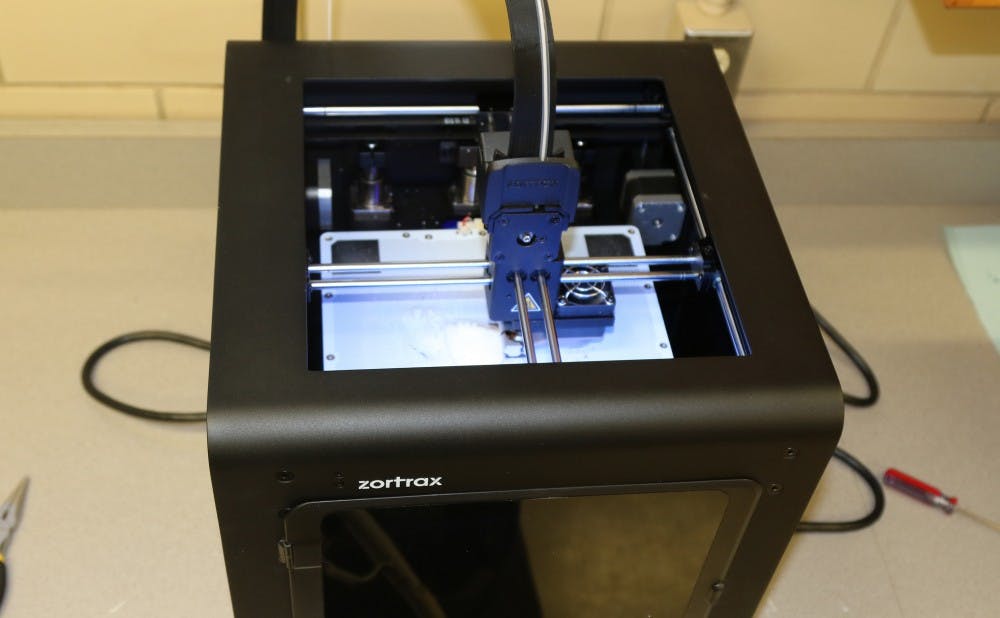Paleontology is stepping into the digital age with the help of 3-D printing.
Morphosource—a free online database created and run by Doug Boyer, assistant professor of evolutionary anthropology—allows researchers from around the world to upload, store and share 3-D data files of fossils and bones. Scientists hope that the open-source library will improve access to information and increase the number of studies done in the field of paleontology.
“It’s actually like a virtual museum where we have collections from museums all over the world,” Boyer said. “You can go in there and browse digital collections just like you would go through physical collections at a museum.”

Boyer explained that paleontologists and evolutionary anthropologists often need to observe many different fossils to make comparisons between species and individuals in their research. These can be difficult to find if the fossils are located in museums around the world. In addition, the fact that digital-image making requires special permission and equipment presents problems for researchers.
To help alleviate these difficulties, Boyer created the online database in 2013 and asked researchers to upload their files to the site. He said this has allowed for easier access to resources and more powerful statistical determinations.
The site currently has approximately 3,000 specimens and 10,000 total data sets, representing nearly 20,000 free downloads.
"The idea of Morphosource was to take advantage of all that legwork that everyone had already done by putting the final digital versions of the specimens up online,” Boyer said. “We hope that [saves time] and therefore allows lot more focus on the actual research design and analysis of data.”
Boyer noted that he hopes the database will be useful for researchers who do not have a lot of funding, such as professors at community colleges or teachers who wish to use the site's resources in their classrooms.
“Not only does it make it easier for the science to progress, but it actually empowers people that maybe have less infrastructural support at their universities or less money for travel to museums,” he said.
Boyer explained that he uses Duke’s industrial scale micro CT scanner, laser and white-light scanning to add data files to the site. The 3-D printing technology has become relatively inexpensive, but it can take more than a day to print one file.
Steven Churchill, professor of evolutionary anthropology, noted that the project has received positive feedback so far. He was part of the team of researchers that found and described Homo naledi, a human ancestor whose discovery was announced in September. That specimen is one of the most popular downloads from the database.
He explained that he hopes paleontology will change as a result of the project, which is funded by grants from Duke and the National Science Foundation.
“We’re also trying to use the material to leverage some change in the way science is done in our field,” he said. “It’s historically been a lot of cronyism, with people sitting on fossils for years.”
Churchill's team has used the site to post their findings and engage less experienced scholars. He said that he believes the new information in the database has improved paleontology research.
“There are more people, young up-and-coming people,” he said. “I just feel like the quality of the research is improving.”
Boyer noted that the database is often used by classes in European countries and Iran to acquire teaching resources.
“We get interest in this project all the time from people all around the world,” Boyer said.
Get The Chronicle straight to your inbox
Signup for our weekly newsletter. Cancel at any time.
Adam Beyer is a senior public policy major and is The Chronicle's Digital Strategy Team director.

